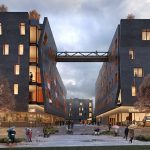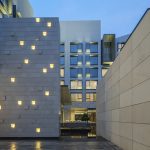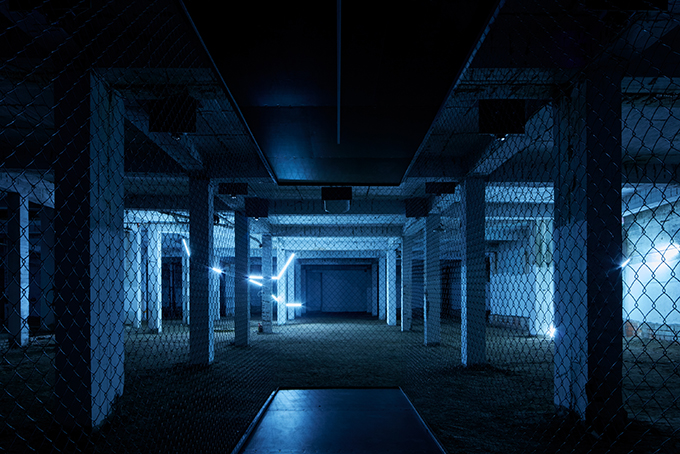
In the midst of the 100th anniversary of Czechoslovak Republic we take a look into the Memory of the Nation – the subjective memories of the fights against the totality in Czechoslovakia from 1939 to 1989. The former monument of J. V. Stalin, as s symbol of the humiliation and servitude at the time of communism and a reminder of thousands of lives sacrificed for freedom, hosts the exposition that presents unique stories from the Memory of the Nation collection. Take a look at the complete story after the jump.
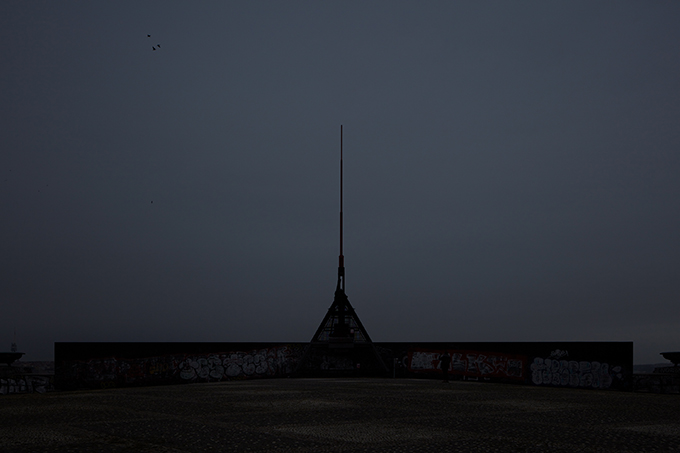

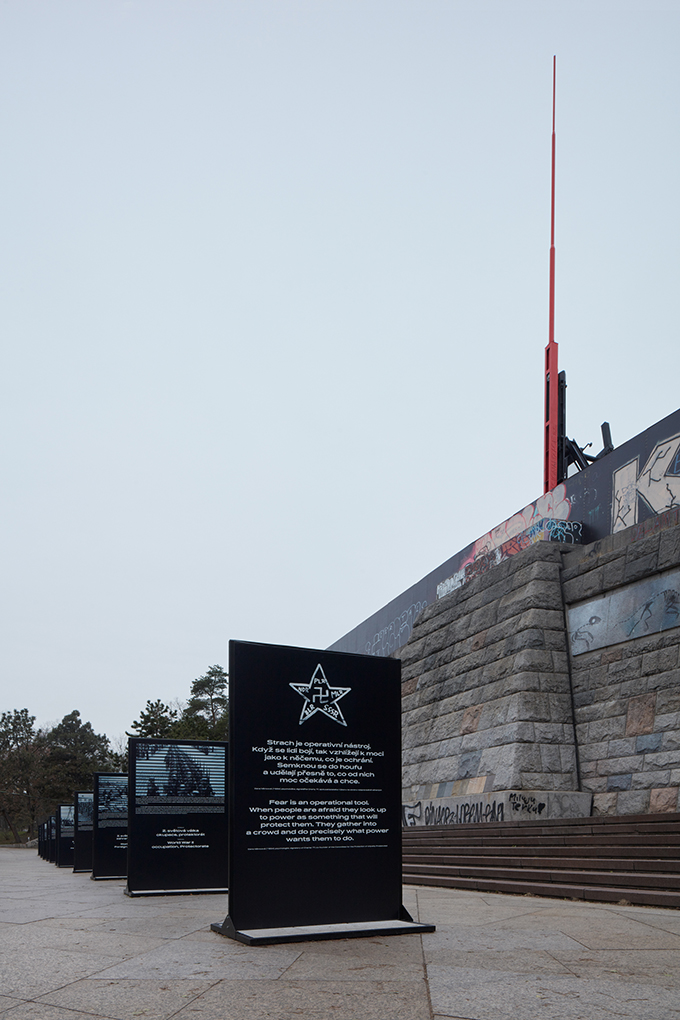
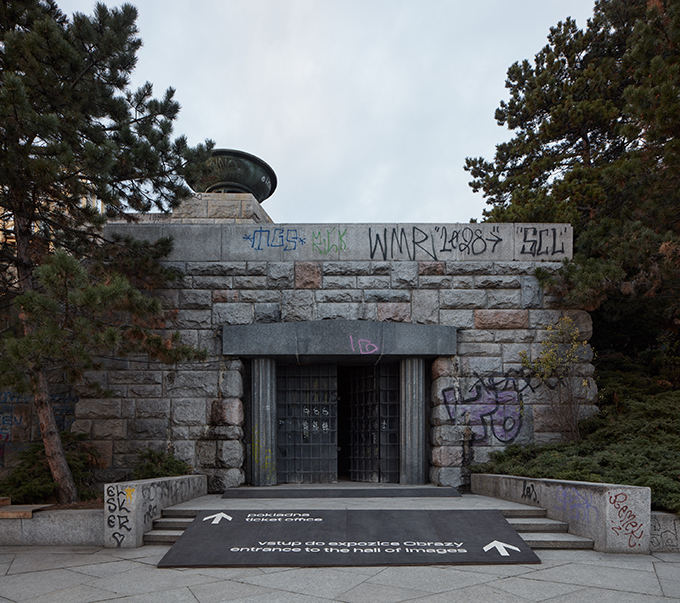
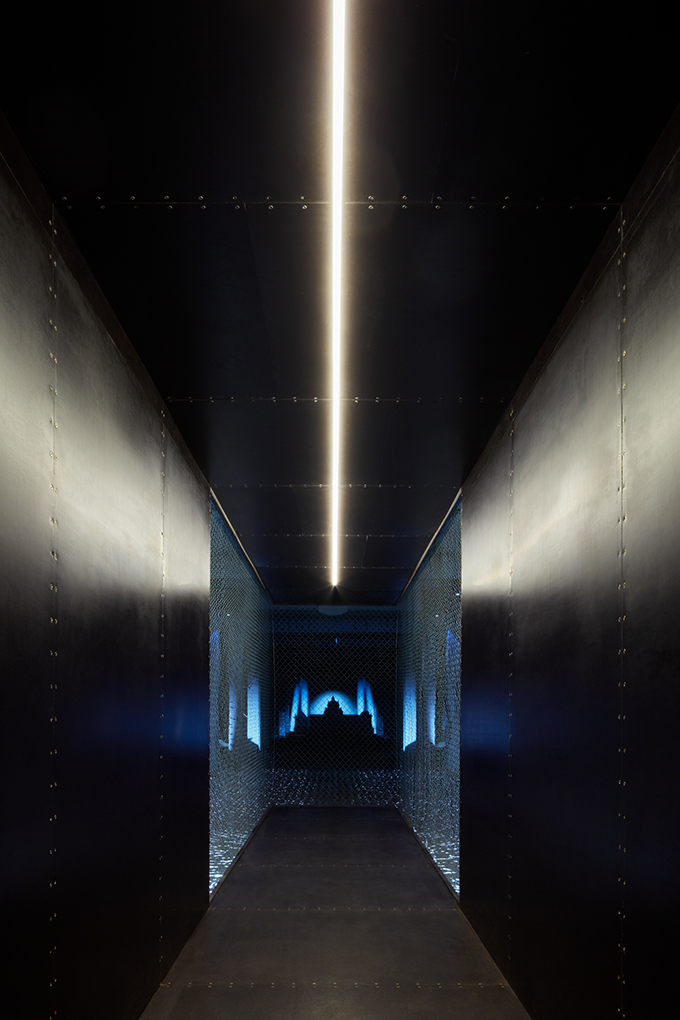
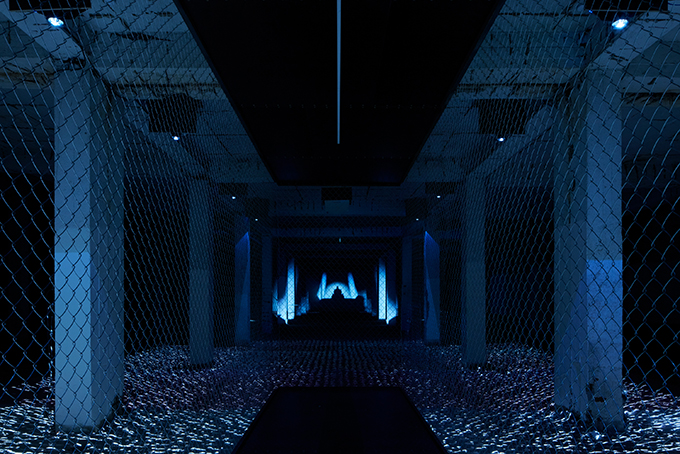
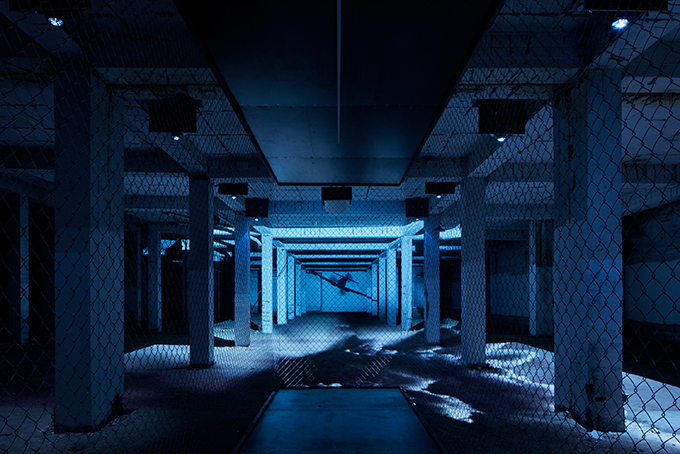
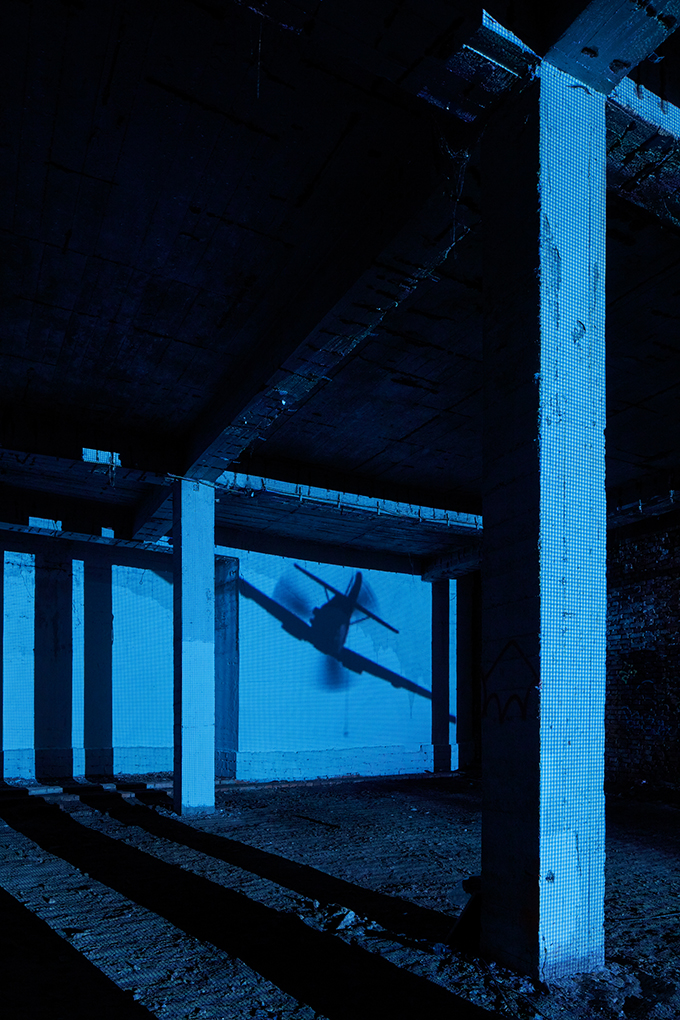
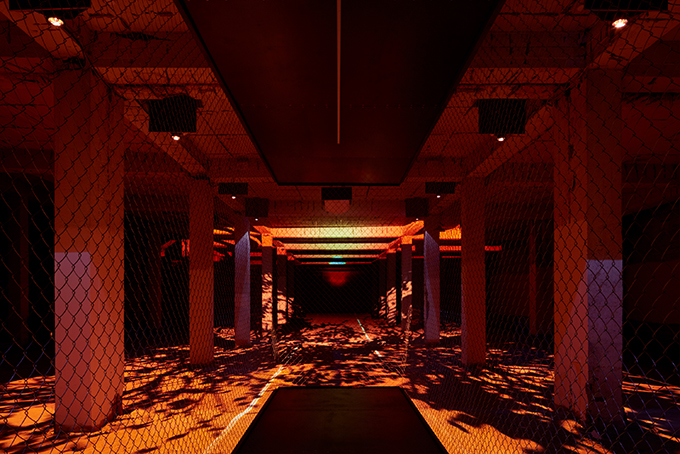
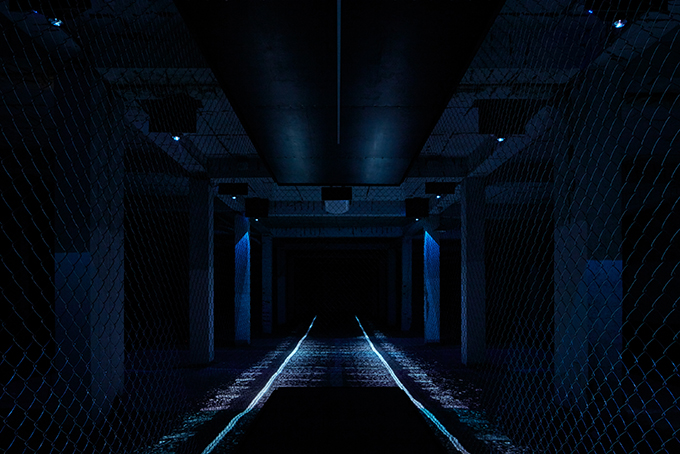

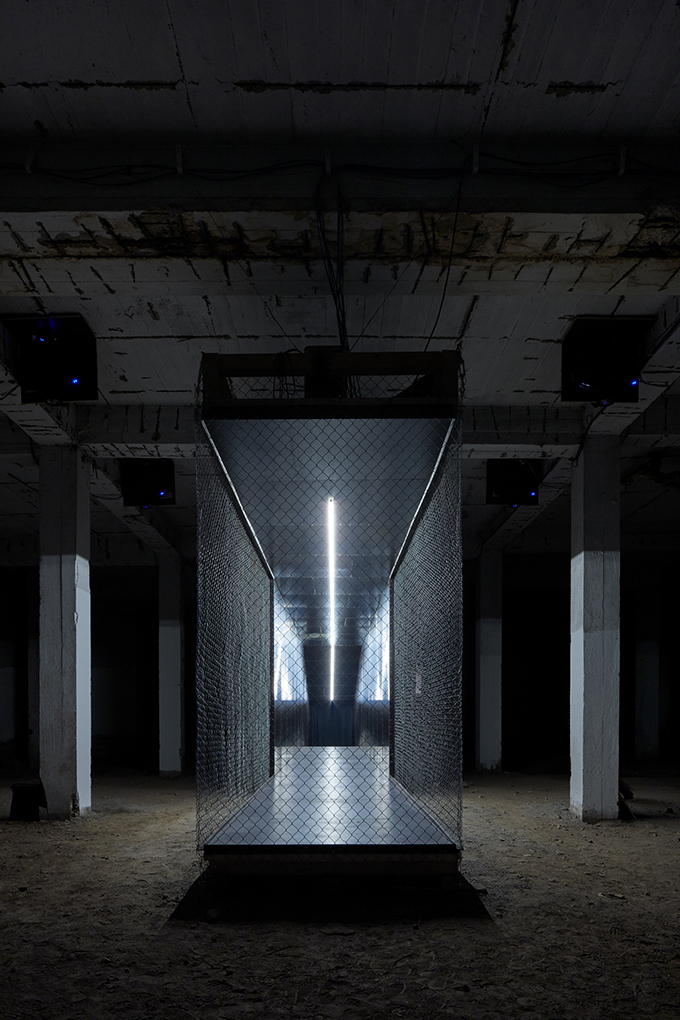
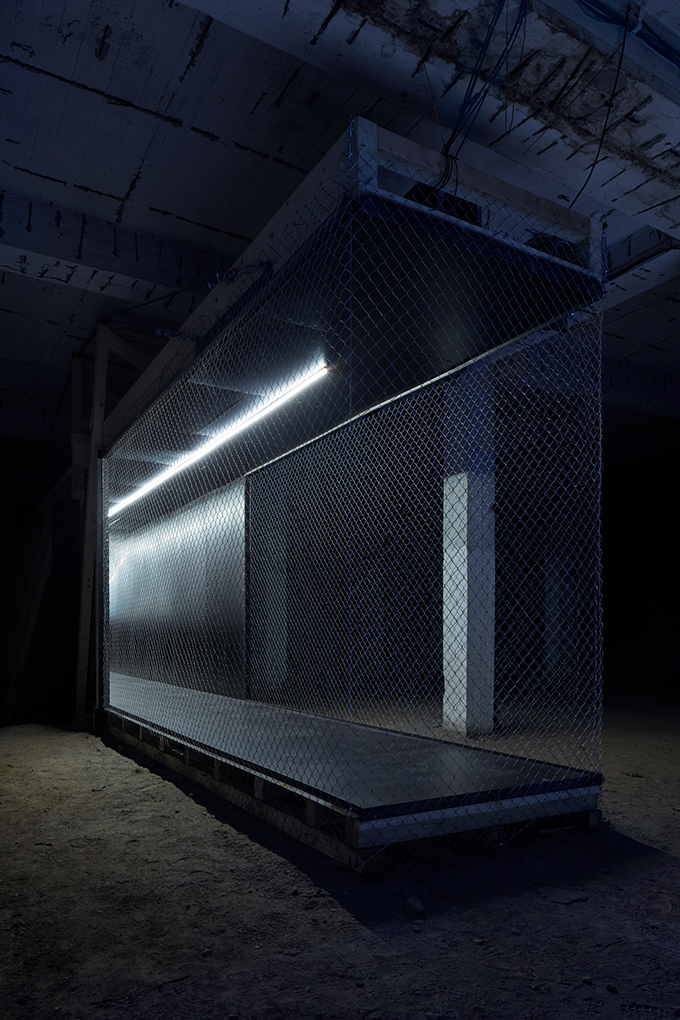
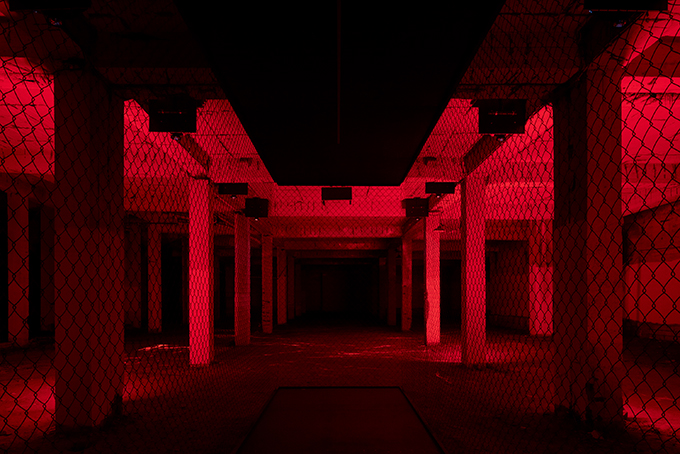
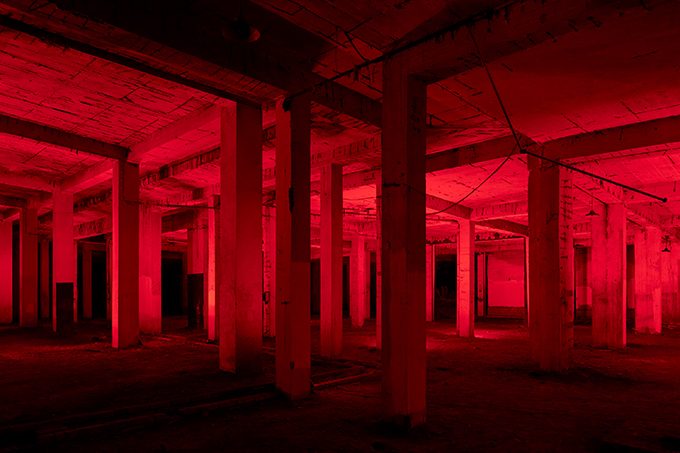
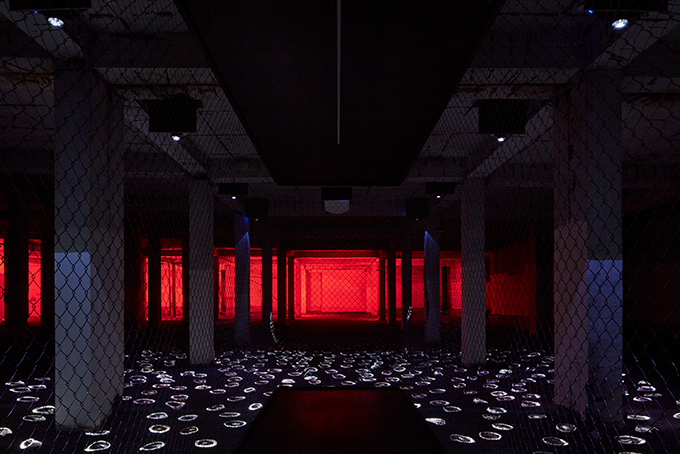
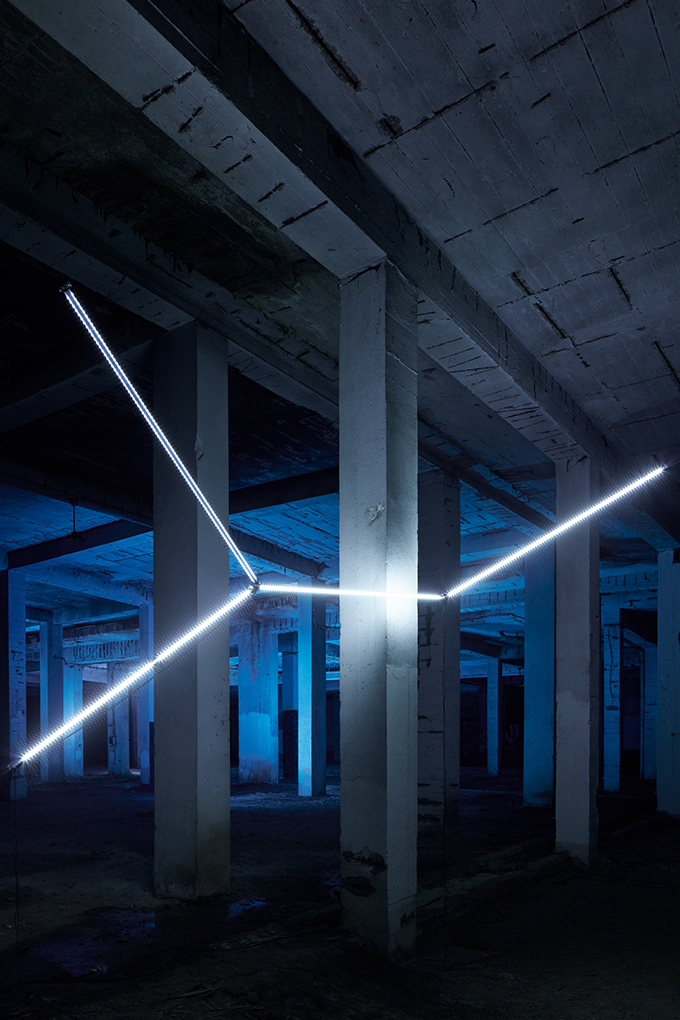
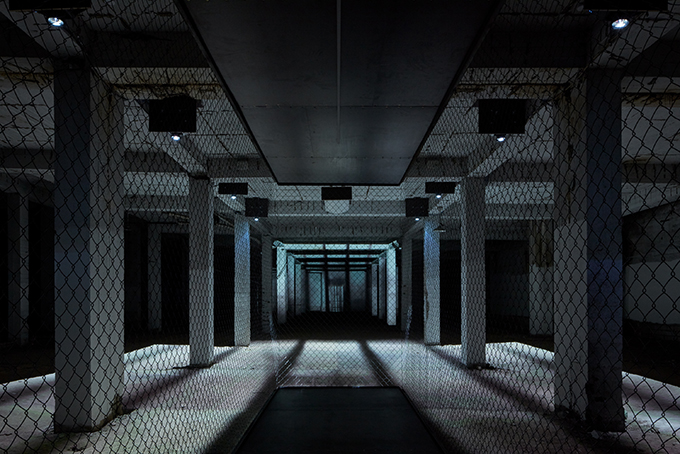
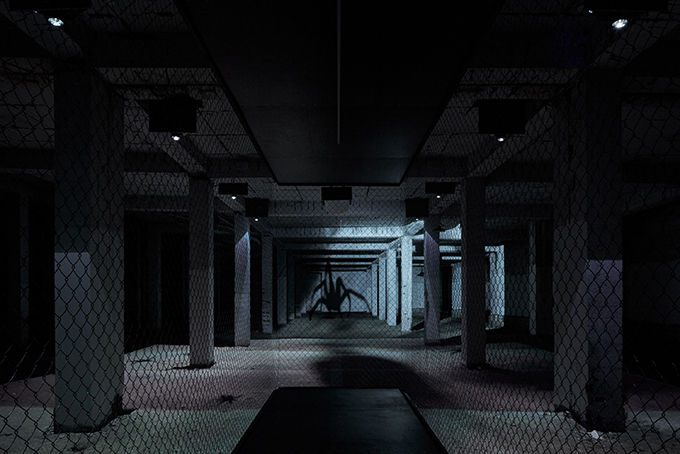
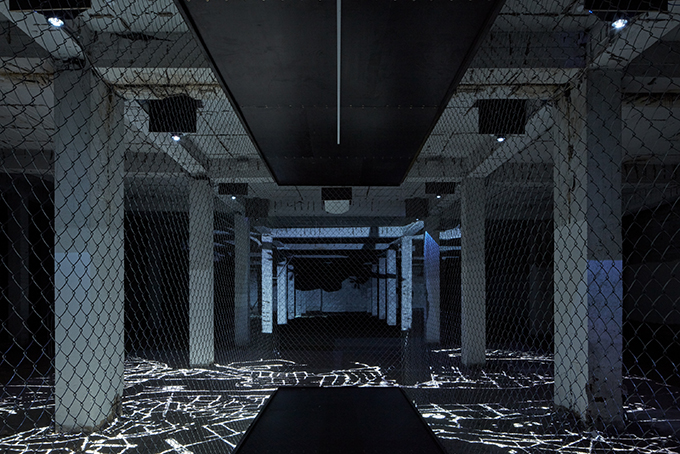
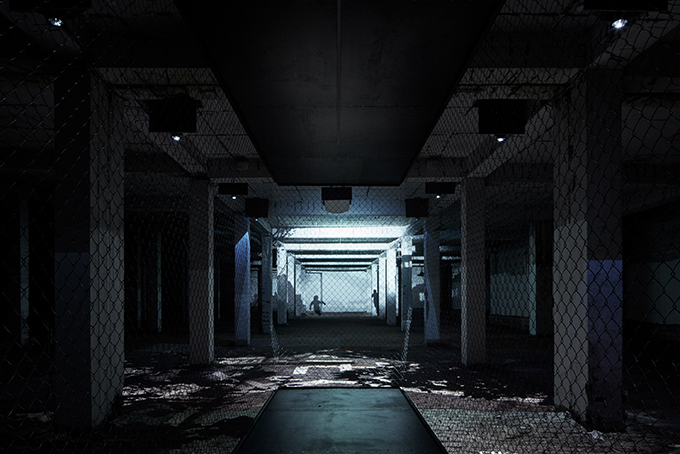
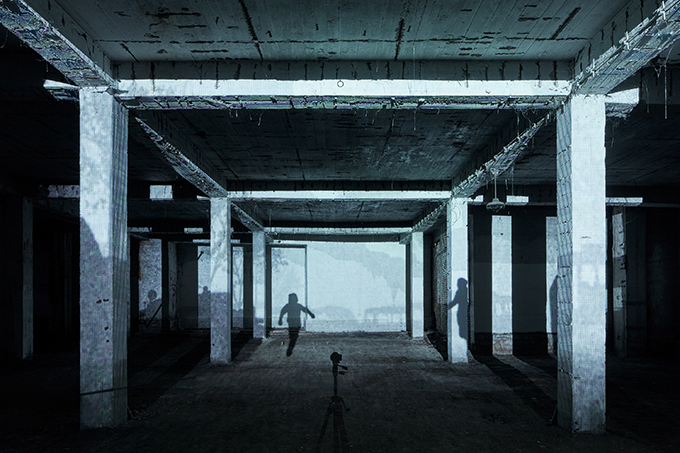
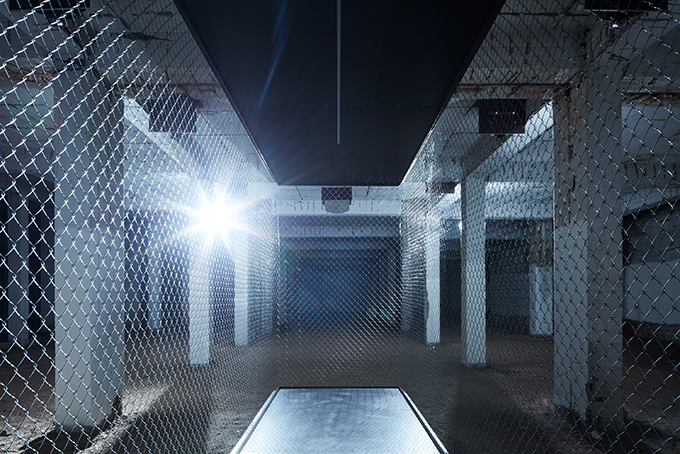

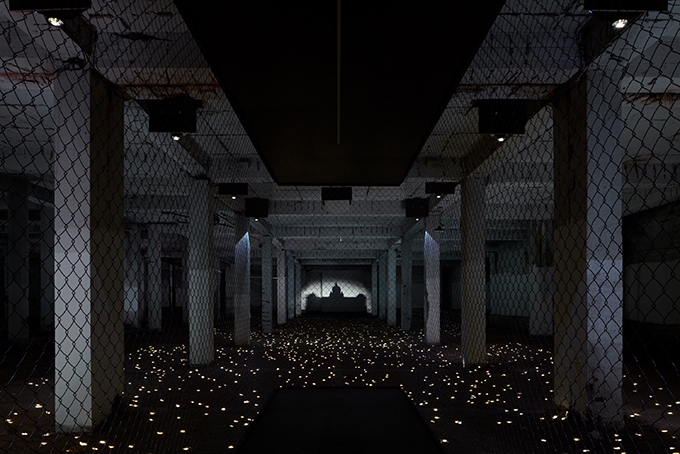



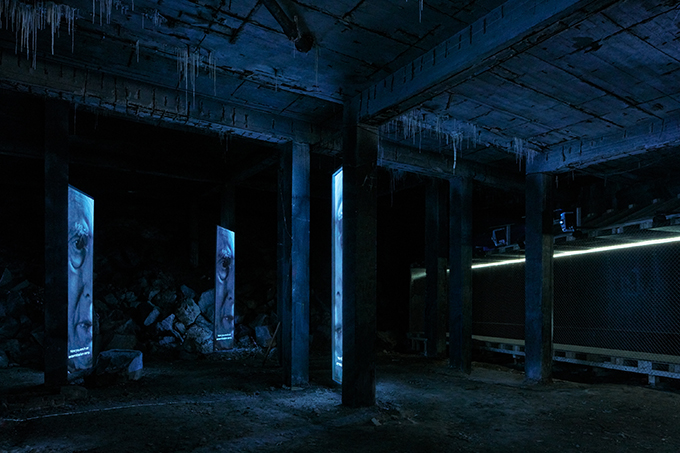
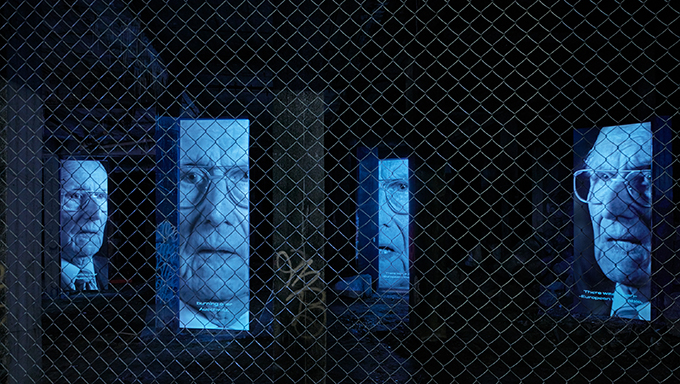
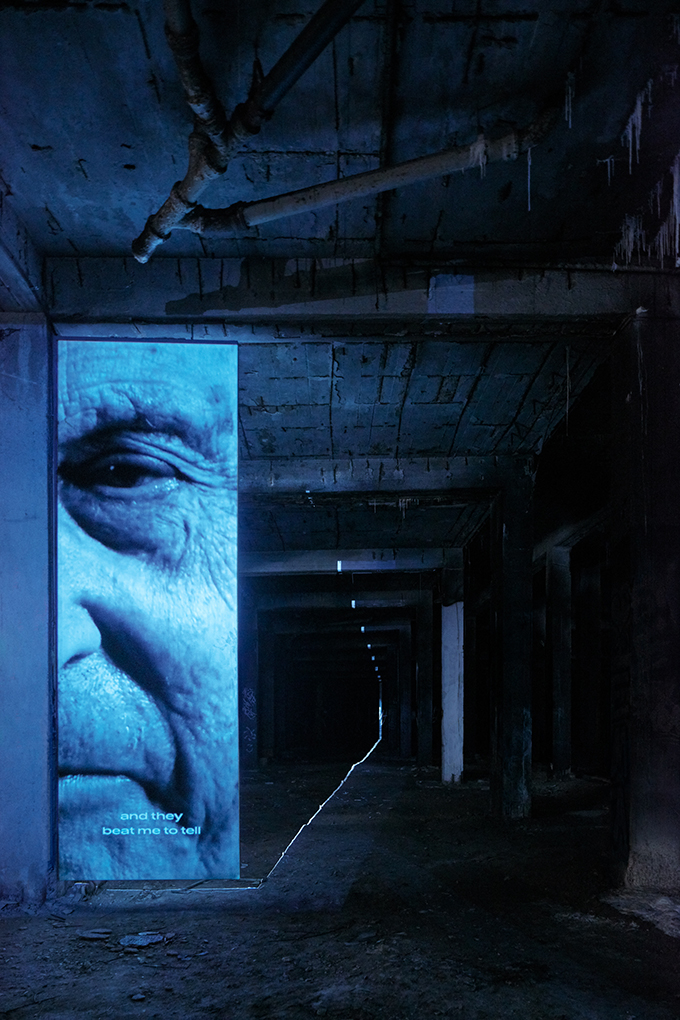
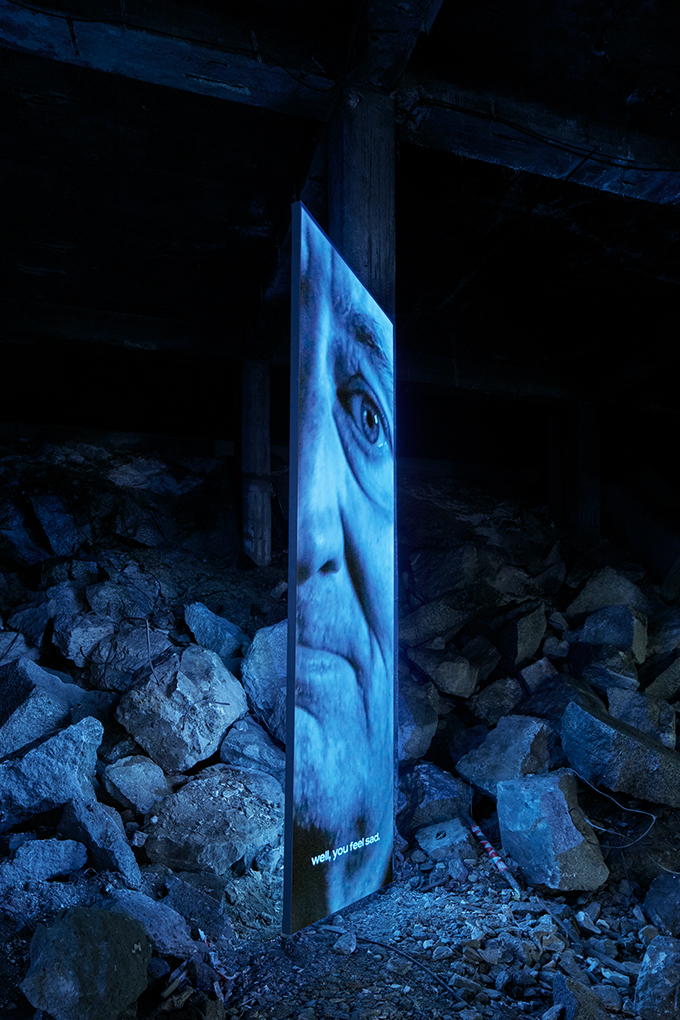
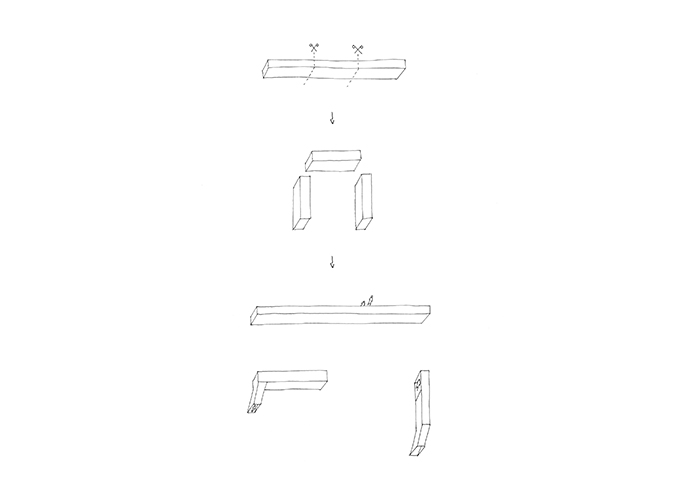
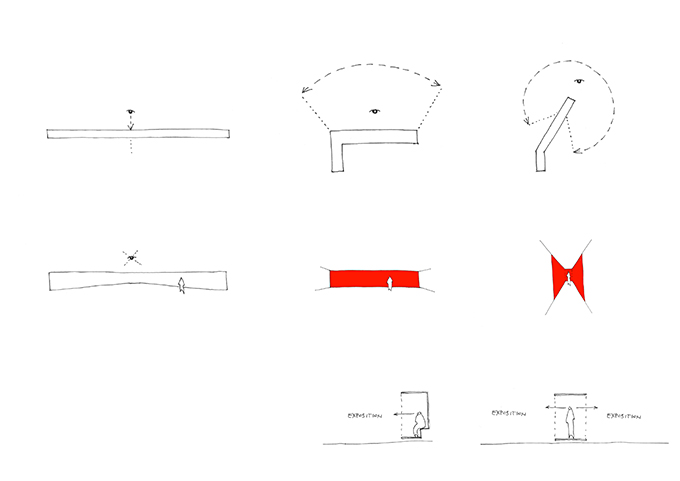
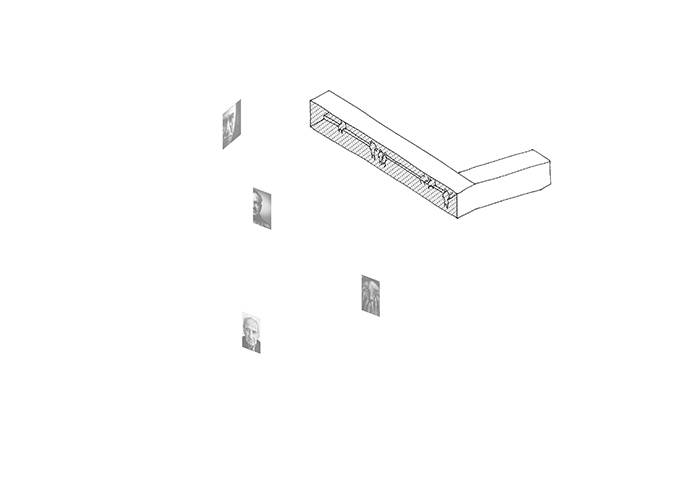
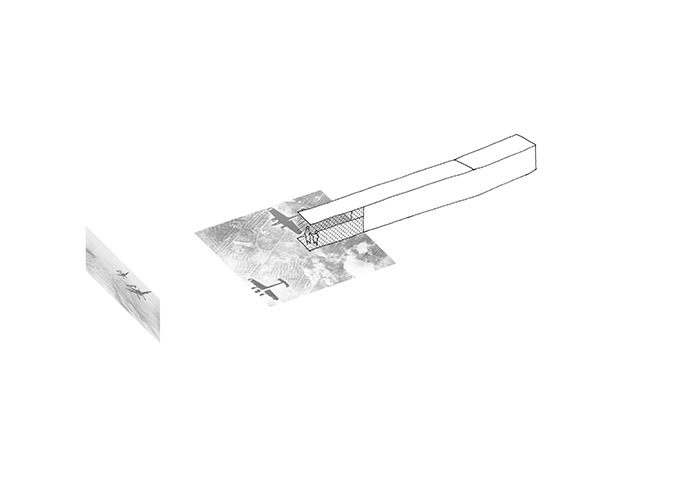
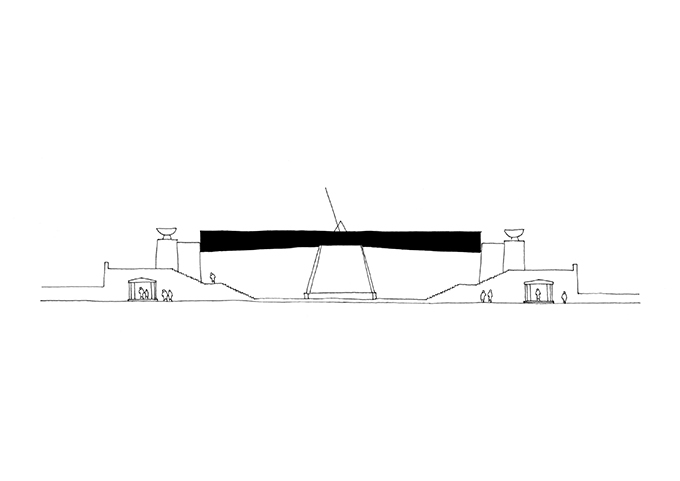
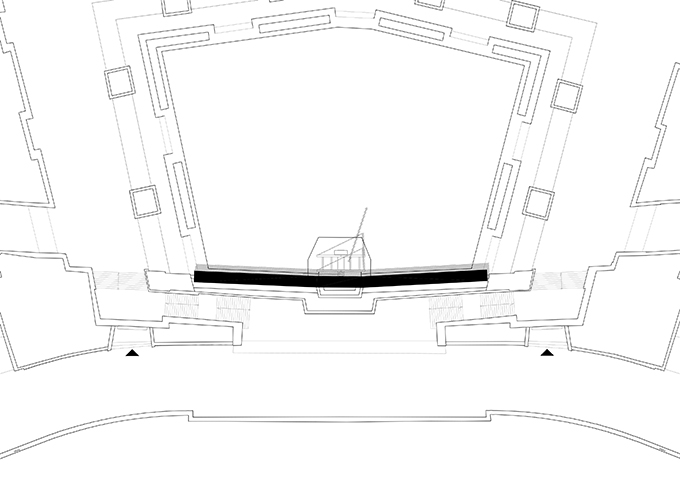
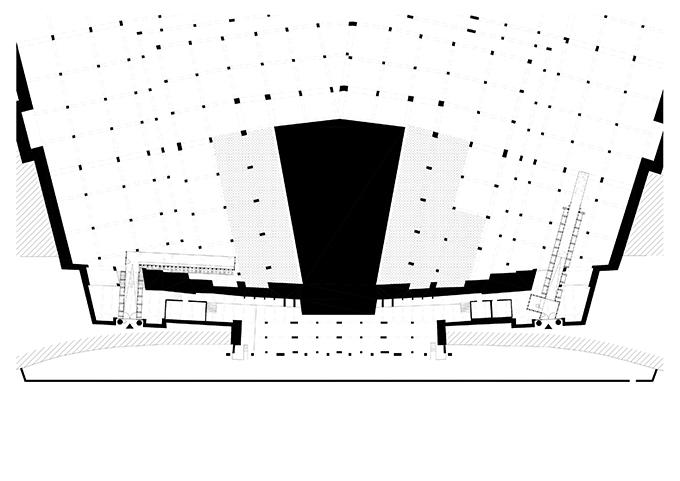
Due to the contemporary disturbances of the principle of democracy and respect to human rights, we think it necessary to remind ourselves that the civil freedom is nothing that comes as a matter of course. This is the reason why we have decided to focus our exposition on the totality in Czechoslovakia in 1939 to 1989 and on the fight against this totality. The former monument of the dictator J. V. Stalin is a suitable venue for this. It symbolises humiliation and servitude at the time of communism and reminds us of freedom for which thousands of people had sacrificed their lives. The inaccessible underground space is less known – a concrete pillar hall which still houses stones from the demolished sculpture.
The exposition consists of four parts: Images, Testimonies, Stelae, Wall. We present stories from the Memory of the Nation collection.
In the underground, you will find two zones of nine chapters. Both zones, however, are complementary. Images (the right entry) and Testimonies (left entry) treat similar topics but they use a different form. In Images we always choose one historical moment and let it work on the visitors.
In Testimonies, witnesses speak about the period when these events happened.
Open-air Stelae on the lower terrace connect Testimonies and Images and provide historical data on the events. In the park they tell the stories of witnesses.
The Wall is a symbol of censorship, unfreedom and violent division of the world.
Memory of the Nation
In 2001, a group of journalists and historians established a charitable trust named Post Bellum. They realised how important it was to record memories of people who had lived through WWII and communism. Their collection, called the Memory of the Nation, contains about seven thousands of unique stories.
Architecture
The exhibition is designed as a family of three linear objects, each deals with the view by specific form. Two of the objects allow the view, one blocks it. The object in the exposition Testimonies provides a panoramic view for a group of visitors looking in one direction. The object in the exposition Images sets a 270-degree visual angle to a limited number of selected visitors. Eventually, the object of the Wall prohibits the outlook to large crowd completely. All three objects are articulated as abstract bodies, their structures are hidden to avoid competition with the Monument. All of them work with extreme dimensions and feelings of distress and discomfort, evoking the minimal spaces of concentration camps and prison solitary confinement.
RELATED: FIND MORE IMPRESSIVE PROJECTS FROM THE CZECH REPUBLIC
Hall of Images
In the exposition Images we focused on the experience of a moment, we are not providing a lesson of history. We chose the form of the audio-visual animated installation which uses, to a larger extent, imagination and symbolism. We use 3D videomapping and spatial sound.
Images: The gathering of the Nazis in the Wenceslas Square, 1939, an aircraft fight in the Battle of Britain, 1940, the transport of Jews from the Bubny railway station, 1941, the fight of the paratroopers in the crypt of the St Cyril and Methodius Church, 1942, the end of WW2 in Prague, the brutality in the communist prison at Bory, the fight for the radio in the Vinohradská avenue, 1968, the Secret Police interrogation during normalisation, demonstrations at the Letná plain, November 1989.
Hall of Testimonies
In the exposition Testimonies, witnesses from the Memory of the Nation collection speak, providing testimony on the time in which they lived or events they witnesses or took part in. The aim is to provide the visitors with various memories, opinions and perspectives on the events of the twentieth century. You will hear testimonies of war veterans, political prisoners and dissidents, as well as the perspectives of the communists, Secret Police officers and informers.
Testimony of witnesses: WWII – the occupation of Czechoslovakia, local and foreign resistance, holocaust, Prague Uprising, the post-war period. The arrival of communism and the 1950s, the invasion of Soviet troops in 1968, normalisation, the Velvet Revolution.
Photography by Jakub Skokan and Martin T?ma at BoysPlayNice
Architect Kolmo – Lenka Hejlová, Martin Hejl, Pavel Uli?ný, Petr Láska
Website www.kolmo.eu, www.loomonthemoon.com
Exhibition concept Martin Hejl, Karel Poup?, Mikuláš Kroupa, Jan Polou?ek, Longiy
Exhibition authors Post Bellum, Kolmo, Loom on the moon, Pink
Client Post Bellum
Project location Former monument Stalin, Letenské sady, Prague 7, Czech Republic
Project year Kolmo / 2017-2018
Construction ARA / 2018
Completion year 2018
Expense 430 000 €
Project size 6.000 m2 (91 m2 accessible for visitors)
Site size 10.000 m2


